Archaeologists in search of anthropological meanings
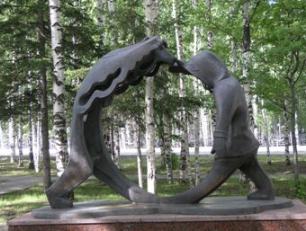 |
| A park sculpture in the city of Khanty-Mansiysk |
On August 3–26, 2014, an expedition was held to the autonomous districts of Khanty-Mansiysk and Yamal-Nenets during which socio-anthropological research was carried out on the issue of archaeological sites in the context of ethnic and territorial identity formation.
The expedition route lay through Khanty-Mansiysk, Berezovo, Saranpaul, Muzhi, Ovgort, Ovalyngort, Khanty-Muzhi, and Salekhard that is between the districts’ capitals and through those places where outstanding archaeological objects are located. These objects of the ancient history of north-west Siberia have been studied under my supervision since the 1980s. The mass media, including local press, covered the related excavations and excavations findings are now displayed in museums.
If in the cities of Salekhard and Khanty-Mansiysk, we sought to get expert opinions and information from specialists, officials, the research and creative elite, in the villages – remote ones, as a rule – we planned to reveal the reaction to archaeological sites of the local population, not particularly encumbered by education, specialized knowledge or positions.
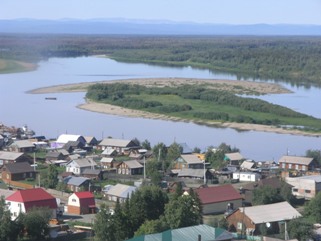 |
| The view of Saranpaul village |
The expedition group included Chair of the TSU Department of Archaeology and Local History, LSAR Lead Research Fellow Evgeniy A. Vasilyev and two researchers – S.V. Mameev and S.V. Samoylenko. The researchers, though not having a specialized ethnographical training, had fundamental education in history and long-term experience with northern archaeological expeditions and communication with locals, including indigenous peoples of Western Siberia.
The research methodology included functional (Durkheim, Mauss), phenomenological (Husserl, Luckmann), and poststructuralist (Nora, White, Ankersmit) approaches.
The preliminary hypothesis was that Russia’s archaeological heritage is demanded mainly in national republics and more specifically, the archaeology in demand is the one that deals with the real (or alleged) ethno genesis of a titular nation (Khanty, Mansi, Nenets, Khakas, Tuvinians, and Altaians).
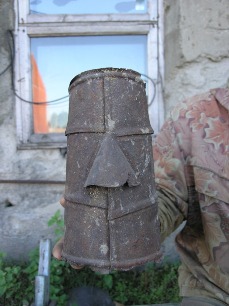 |
| An iron anthropomorphic mask (Saranpaul village) |
In such cases, of special mobilizing power is the myth about distant ancestors, the popularity of which in the concept by intellectuals is accounted for, according to Victor A. Shnirelman, by the following: first, it is easier to mythologize what is little known about; second, ‘it is by far easier to portray the past as cultural entities and endow them with a single will, having turned them into collective epic heroes’; third, the recent past is often overshadowed by the colonial rule and thus, is not suitable to be used as attractive associations’; fourth, it is the ‘popular view that a centuries-long continuity makes a culture particularly prestigious and makes others to reckon with its carriers, thus allowing the latter to qualify for a higher social status’.
The main methods used are questionnaires and expert semi-structured interviews. Key informants were employees of local museums, officials in charge of cultural heritage use and protection, activists of national public organizations, and national intellectuals.
Among those who gave extensive and detailed interviews are S.V. Lazarev, Director of the Museum of Man and Nature; A.N. Kondrashov, Head of the Service for state protection of cultural heritage at the Khanty-Mansiysk autonomous district – Yugra; Ya.A. Yakovlev, Expert of the same Service; G.S. Rayshev, Corresponding Member of the Russian Academy of Arts, Honored Artist of Russia, Honored Worker of Culture of the Khanty-Mansiysk autonomous district (KhMAO); L.A. Alfyorov, Vice-President of the public organization ‘Saving Yugra’, Advisor to Deputy Governor of KhMAO for social affairs; A.A. Khudoley, Head of Culture and Youth Affairs Administration of the Shuryshkar area of the Yamal-Nenets autonomous district (YaNAO); S.E. Grishin, Director of the Yamal-Nenets District Museum and Exhibition Complex n.a. S.A. Shemanovskiy, Honored Worker of Culture (YaNAO); L.F. Lipatov, Honored Worker of Culture of Russia, YaNAO Honorary Citizen.
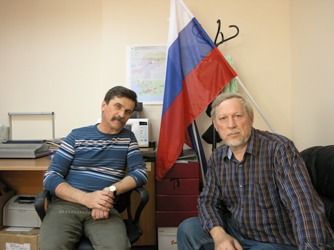 |
| Interview with Yakov A. Yakovlev (Khanty-Mansiysk) |
As a result of the expedition, there has been a significant source base formed on the topic of research in question, made up of 84 questionnaires and 14 interviews. All this requires further analysis but some preliminary conclusions can be drawn yet at this stage:
1. The archaeological heritage of the Yamal-Nenets and Khanty-Mansiysk autonomous districts is considered by the majority of the non-indigenous population here as a part of all-Russian (world) cultural heritage that belongs to the territory rather than to a particular people. At the same time, of the greatest interest among the Russian population, living on the districts’ territory, were the archaeological excavations at the Berezovo ostrog, Mangazeya, and Surgut, associated with the Russian colonization (development) of Western Siberia.
2. Among the cultural values of northwest Siberia’s indigenous peoples, the archaeological heritage is not a priority. The ‘ethnic privatization’ of the archaeological sites of the past centuries and millennia has not become widespread. However, some representatives of the educated Khanty and Mansi (‘national intelligentsia’) claim priority rights (to ban or allow excavations) over those archaeological sites. The possibility of using the most well-known (publicized) archaeological sites to advance ethnic identity is declared.
Evgeniy A. Vasilyev
Chair of Department of Archaeology and Local History,
LSAR lead research fellow






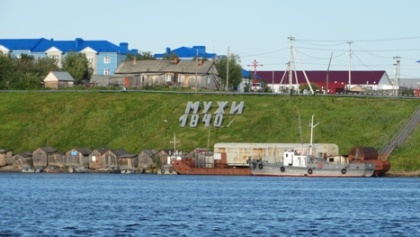
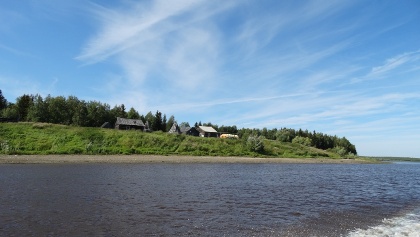
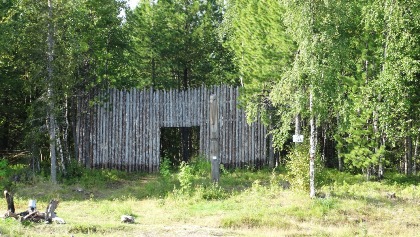


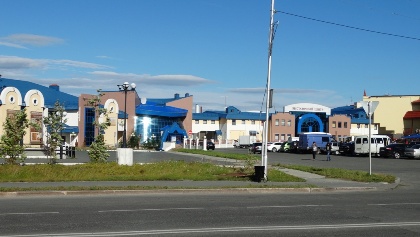
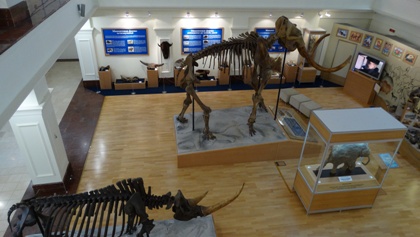
 The project "Man in a Changing World. Identity and Social Adaptation: Past and Present" is funded by the Russian Government
The project "Man in a Changing World. Identity and Social Adaptation: Past and Present" is funded by the Russian Government 